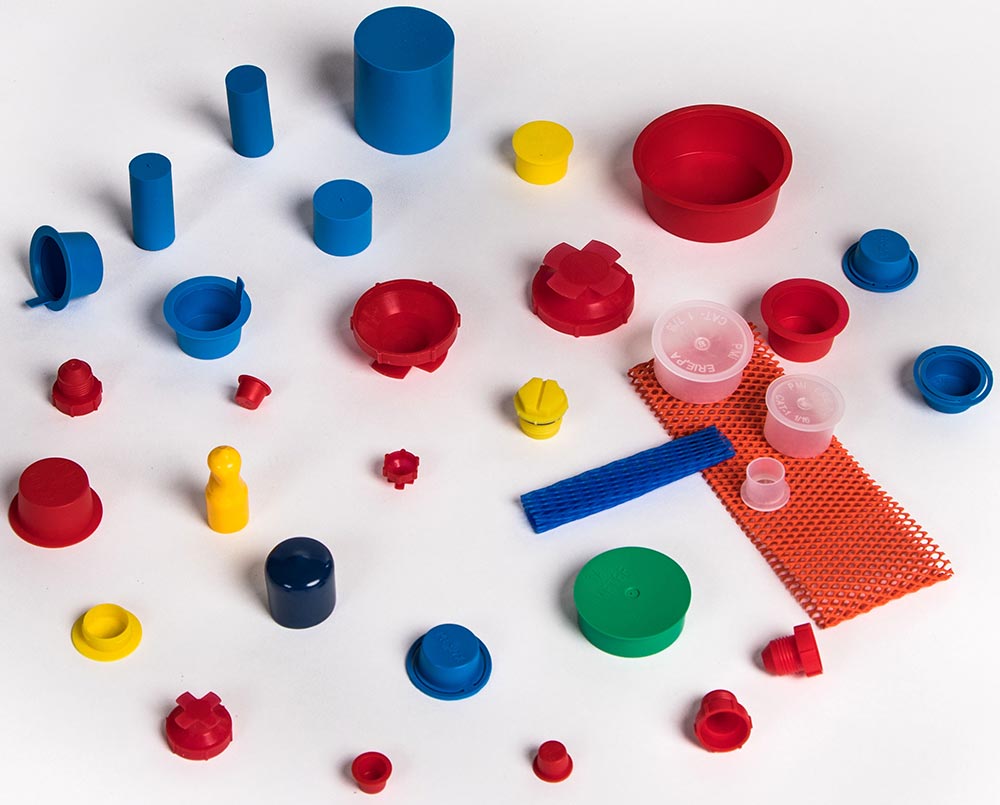News & Events


How Long Will Plastic Injection Molds Last?
Creating the perfect plastic injection mold will improve your production line and minimize maintenance in manufacturing. Boost the longevity of these molds by choosing the right design for your products. Find out how long plastic injection molds typically last and maintain their structure for quality performance.
Material Quality Matters
The durability of your mold starts with the materials you choose. High-quality steel molds, such as P20 or hardened steel, typically offer better longevity compared to aluminum molds. Invest in the right material to reduce replacements and lower long-term costs.
Design and Engineering Precision
Precise engineering creates molds designed to last, so make sure to optimize the mold’s design well before production begins. Prioritize crafting a uniform wall and minimal undercuts to mitigate stress and wear during production.
Maintenance Is Key
Regular maintenance will help you extend the life of your injection molds. Schedule cleanings, inspections, and timely repairs to prevent minor issues from escalating into major problems. Implementing a preventative maintenance program will make your plastic injection molds last and promote operational efficiency.
Manufacturing Environment Considerations
Environmental factors, such as temperature and humidity, can affect mold durability. High temperatures may lead to thermal expansion and damage the mold. Mitigate these risks by controlling your manufacturing environment and using proper cooling systems.
Production Volume Impact
High production volumes can accelerate wear and tear on your molds. If your production demands exceed the capacity of your molds, consider investing in additional tools or rotating molds to distribute the workload evenly. This will maintain consistent product quality and extend the life of each mold.
Use of Advanced Coatings
Applying advanced surface coatings like PVD or nitriding can improve mold performance and resistance to abrasion and corrosion. These coatings create a barrier that reduces friction and heat buildup. If your manufacturing line operates under high pressure and speed conditions, your mold will be able to keep up with production.
Operator Skill and Training
Train skilled operators who are proficient in setting accurate parameters. Staff that recognize early signs of mold damage and perform upkeep tasks will prevent common operational mistakes. Foster a workplace environment that teaches your workers how to properly operate machinery in your production line and how to mitigate issues that crop up.
With these qualities in mind, you can design a mold that will boast a long lifespan. Fix any inconsistencies with the design and look for ways to improve its structural integrity. Produce high-quality plastic injection molding parts with molds built for longevity and precision.

